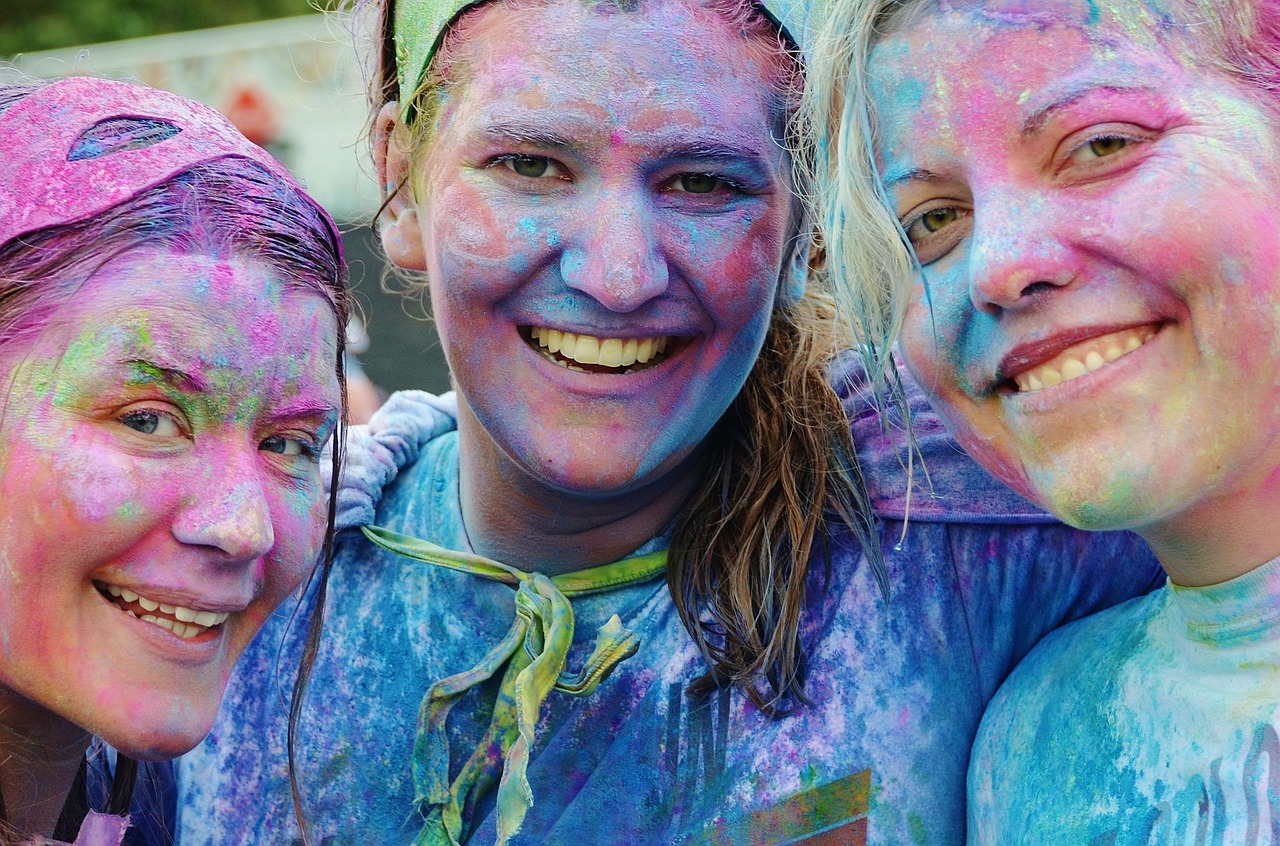The advent of social media connections has introduced a lot of confusion when it comes to the strength of our social fabric and our ties to one another. Are we more connected now than ever before? Or is “connectivity” through electronics different from real, face-to-face or even voice-to-voice connection?
Our suspicion that our online connections are qualitatively different from our face-to-face interactions—that time spent communicating with our friends and family via text, email, and social media is different from time spent talking in person—is correct. We understand intuitively that something different happens within us when we communicate with someone in person.
That difference is something that Barbara Fredrickson calls “positivity resonance,” and it is nothing short of a positive emotion amplified into something bigger than it would be if we were alone.
Positivity resonance happens in a fleeting micro-moment of emotion as a trio of tightly woven events:
1. We share one or more positive emotions with another person.
2. Our biochemistry and body language synchronize with the other’s.
3. We care about each other and show a willingness to invest in each other’s well-being.
If I smile warmly at you, you can share in my positive emotion with me. A part of your brain will light up as though you’ve just smiled warmly yourself. In an instant, our brains synch up. Similarly, if I’m telling you a story and you are listening attentively, your brain activity will mirror mine strikingly. Much fuss has been made about mirror neurons, but new research shows that there is much more at work here than a few isolated mirror neurons firing in a single area of the brain. In fact, all your brain activity will be nearly the same as mine—something neuroscientists call “neural coupling.” (Those of you who are in touch with their inner adolescent can stop snickering now.)
Note: Neural coupling occurs between all sorts of people, not just couple types. It’s not just about lovers or people in established relationships.
We understand the emotions of those we are with through this synchronicity. When I smile at you or laugh, you understand what my smile or my laugh means because your facial muscles fire in imperceptibly tiny ways, mimicking my expression, and stimulate the emotion in your own brain. So if I laugh derisively, you “intuitively” know my laugh is mean because you actually experience the emotion yourself, right then. If instead my laugh is an expression of genuine mirth, or my smile an expression of authentic joy, you feel this as well. Understanding other people’s emotions “is not just abstract and conceptual,” Fredrickson explains; “it’s embodied and physical.”
Our shared emotion leads to a shared physiology. Our heart rates and breathing will slow together and start to synchronize. This internal activity leads to external behavior changes. People who are experiencing a positive connection—positivity resonance—start to unconsciously mimic each other in their body language. And studies show that positive emotions literally open our hearts; they expand the part of our rib cage that houses our heart, lifting and expanding our chest cavity. This unconscious gesture makes us more inviting to others and more open for connection, explains Fredrickson, and signals to others that they, too, can relax.
People experiencing “positivity resonance” are actually doing a synchronized dance. They are one unit rather than two separate individuals. This positivity resonance is different from the love or affection or compassion we feel when we are alone, or even when we receive a sweet text from a friend or a lover. When positive emotion resonates back and forth between two or more people, it is amplified. It grows bigger than it would if we were alone.
This post is from a series about social connections from the “Science of Finding Flow,” an online course I created as a companion to my book The Sweet Spot: How to Accomplish More by Doing Less. Want to go on to the next class or start the course from the beginning? It’s free! Just go to The Science of Finding Flow course page. Enjoy!

